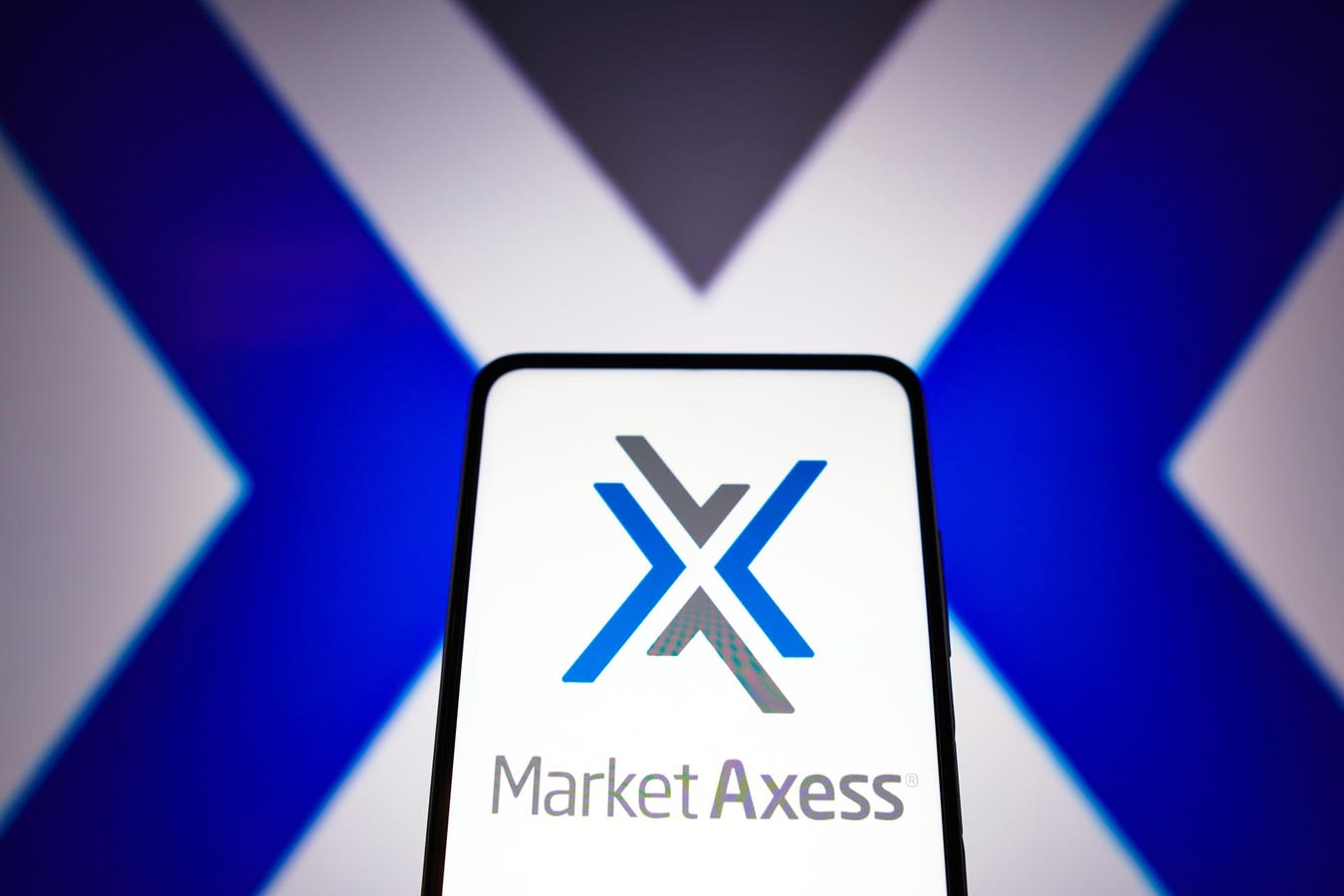MarketAxess stock (NASDAQ
NDAQ
Amid the current financial backdrop, MKTX stock has suffered a sharp decline of 60% from levels of $570 in early January 2021 to around $235 now, vs. an increase of about 20% for the S&P 500 over this roughly 3-year period. Notably, MKTX stock has underperformed the broader market in each of the last 3 years. Returns for the stock were -28% in 2021, -32% in 2022, and -16% in 2023. In comparison, returns for the S&P 500 have been 27% in 2021, -19% in 2022, and 19% in 2023 – indicating that MKTX underperformed the S&P in 2021, 2022, and 2023. In fact, consistently beating the S&P 500 – in good times and bad – has been difficult over recent years for individual stocks; for heavyweights in the Financials sector including V, JPM, and MA, and even for the megacap stars GOOG, TSLA, and MSFT. In contrast, the Trefis High Quality Portfolio, with a collection of 30 stocks, has outperformed the S&P 500 each year over the same period. Why is that? As a group, HQ Portfolio stocks provided better returns with less risk versus the benchmark index; less of a roller-coaster ride as evident in HQ Portfolio performance metrics. Given the current uncertain macroeconomic environment with high oil prices and elevated interest rates, could MKTX face a similar situation as it did in 2021, 2022, and 2023 and underperform the S&P over the next 12 months – or will it see a recovery?
Returning to the pre-inflation shock level means that MKTX stock will have to gain around 148% from the current levels. While we do not expect that to materialize in the short to medium term, the growth potential seems attractive in the long term. The company runs an electronic trading platform for fixed-income securities and is one of the dominant market players in the space. We expect its average daily volume to see consistent growth over the coming years.
Our detailed analysis of MarketAxess’ upside post-inflation shock captures trends in the company’s stock during the turbulent market conditions seen over 2022 and compares these trends to the stock’s performance during the 2008 recession.
2022 Inflation Shock
Timeline of Inflation Shock So Far:
- 2020 – early 2021: Increase in money supply to cushion the impact of lockdowns led to high demand for goods; producers unable to match up.
- Early 2021: Shipping snarls and worker shortages from the coronavirus pandemic continue to hurt the supply
- April 2021: Inflation rates cross 4% and increase rapidly
- Early 2022: Energy and food prices spike due to the Russian invasion of Ukraine. Fed begins its rate hike process
- June 2022: Inflation levels peak at 9% – the highest level in 40 years. S&P 500 index declines more than 20% from peak levels.
- October 2022 – July 2023: Fed continues rate hike process; improving market sentiments help S&P500 recoup some of its losses
- Since July 2023: Fed keeps interest rates unchanged to quell fears of a recession, although another rate hike remains in the cards.
In contrast, here’s how MKTX stock and the broader market performed during the 2007/2008 crisis.
Timeline of 2007-08 Crisis
- 10/1/2007: Approximate pre-crisis peak in S&P 500 index
- 9/1/2008 – 10/1/2008: Accelerated market decline corresponding to Lehman bankruptcy filing (9/15/08)
- 3/1/2009: Approximate bottoming out of S&P 500 index
- 12/31/2009: Initial recovery to levels before accelerated decline (around 9/1/2008)
MarketAxess and S&P 500 Performance During 2007-08 Crisis
MarketAxess stock declined from nearly $16 in September 2007 (pre-crisis peak) to below $8 in March 2009 (as the markets bottomed out), implying MKTX stock lost almost 51% of its pre-crisis value. It recovered post the 2008 crisis to levels of around $14 in early 2010, rising 76% between March 2009 and January 2010. The S&P 500 Index saw a decline of 51%, falling from levels of 1,540 in September 2007 to 757 in March 2009. It then rallied 48% between March 2009 and January 2010 to reach levels of 1,124.
MarketAxess Fundamentals Over Recent Years
MarketAxess revenues increased from $511 million in 2019 to $689 million in 2020 due to growth in trading volumes. However, it improved to just $699 million in 2021, and $718 million in 2022. It was due to slow growth rate in trading volumes.
On a similar note, earnings increased from $5.53 in 2019 to $8.01 in 2020, but declined to $6.68 in 2022.
Conclusion
With the Fed’s efforts to tame runaway inflation rates helping market sentiments, we believe MarketAxess stock has the potential for strong gains once fears of a potential recession are allayed.
Invest with Trefis Market Beating Portfolios
See all Trefis Price Estimates
Read the full article here


